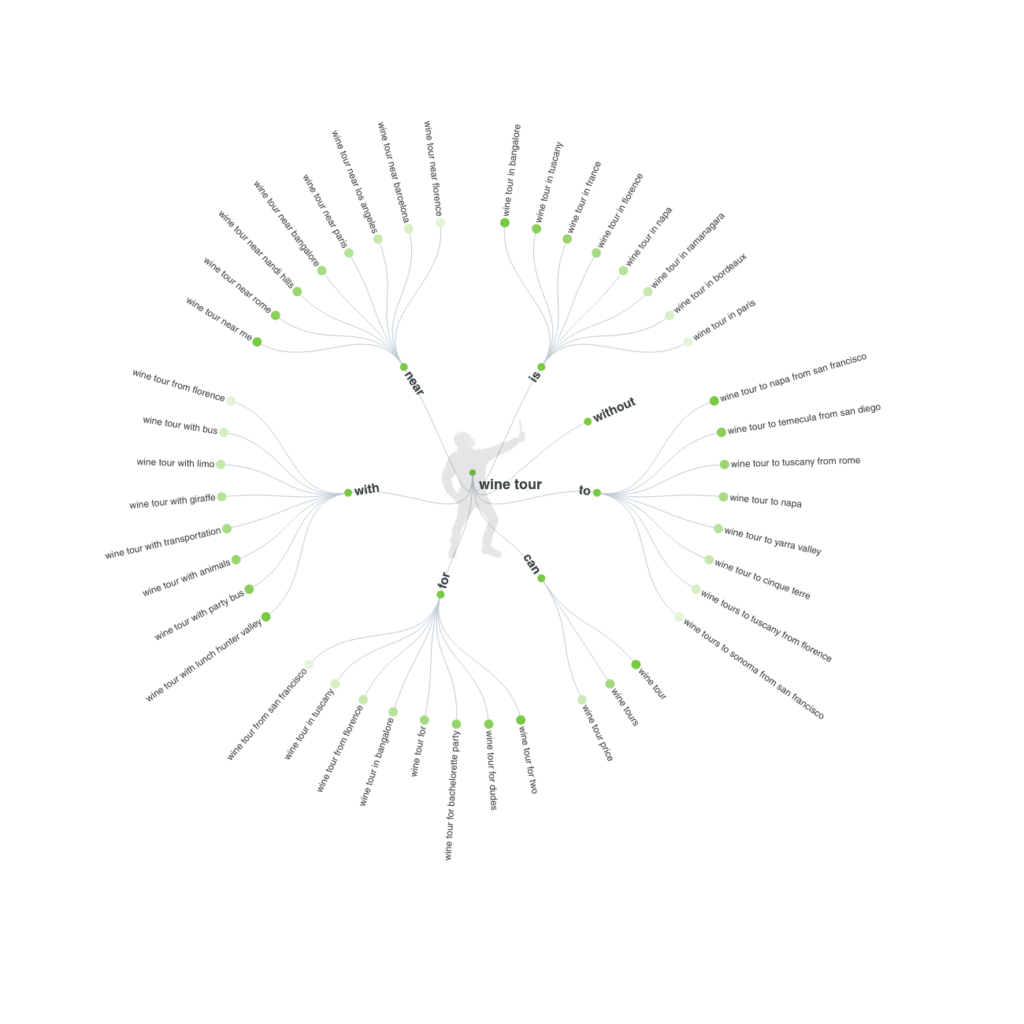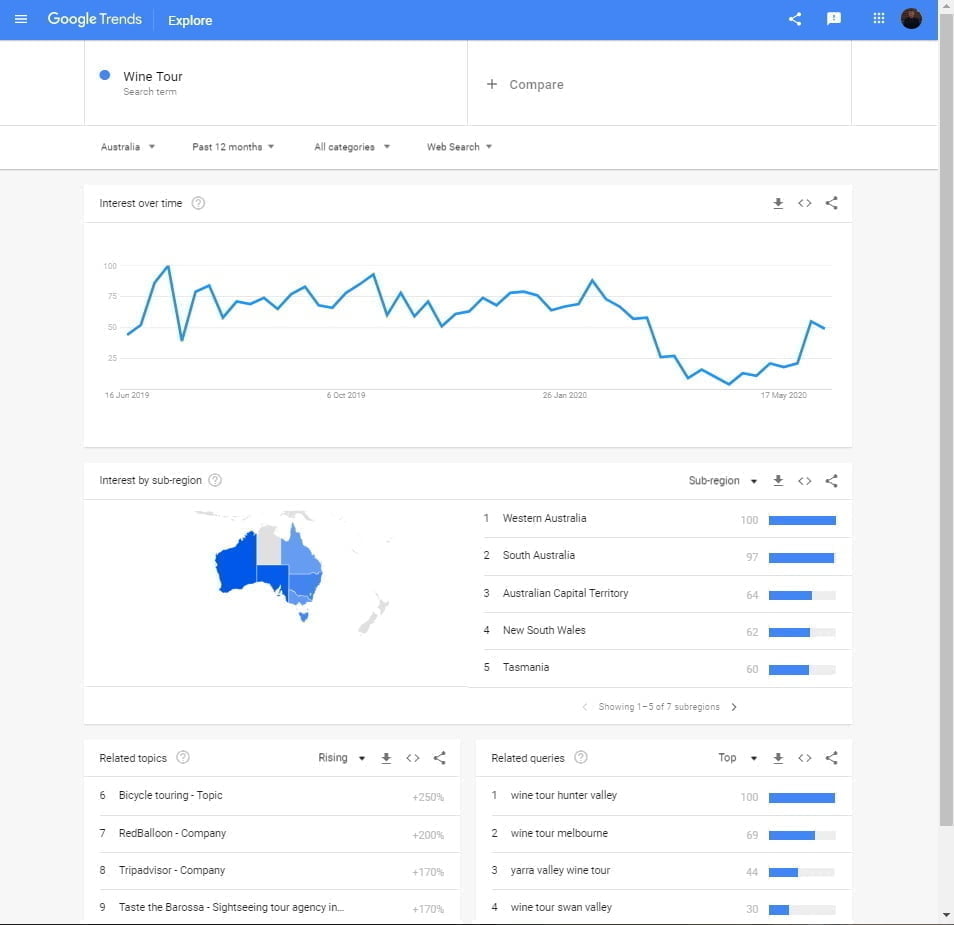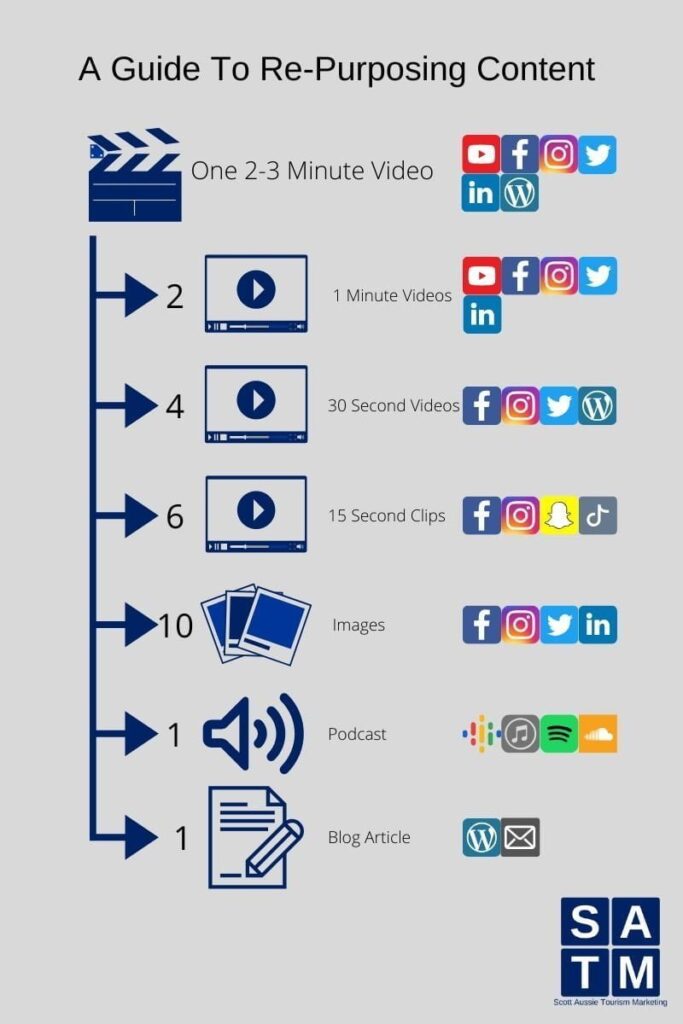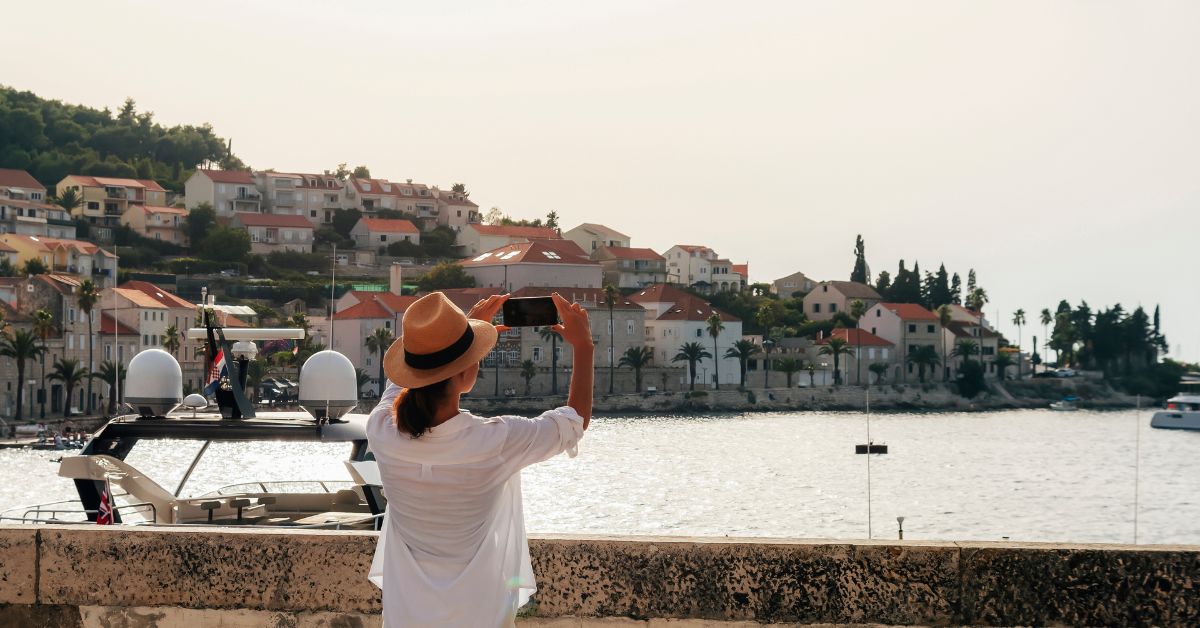We all know that in order to succeed in being found online, we need to be using social media better than our competitors. But what does that actually mean?
Firstly, it means that you need to be posting interesting, entertaining and engaging content on a regular basis. This could be in the form of written blog posts and articles, travel guides, photos, videos, infographics, etc, etc.
Secondly, it has to be content that has a purpose. It’s no good just sharing cat photos because as much as it may get lots of views, it’s going to do little to turn those viewers into customers.
To create a successful tourism business in today’s marketing landscape you need to stop thinking like a hotelier, or a restauranteur, or a tour operator. You need to start thinking like a media company.
Many of you will be looking at that last statement and thinking to yourself, I just don’t have the time for that. So to help, we’ve put together a short guide to show you how to create 100s of pieces of quality content fairly quickly.
To make it easier, we’re going to focus on our fictional company Scott Aussie Wine Tours, based in Margaret River, WA.
Ask Yourself, What Do We Already Know?
The first step is to write down a list of every member of your team, the main skills they bring to the group, and what they do as part of their role. It doesn’t matter if you use a spreadsheet, a notebook or post-it notes.
When running through this process with clients, I like to get big post-it notes and put them on a whiteboard or window.
Scott Aussie Wine Tours has the following team members.
- Andy Anderson, Owner – Former Tour Guide
- Beth Burrows, Administrator – Former Bar Manager
- Chris Caldwell, Senior Tour Guide – Former winemaker
- Diane Drummond, Tour Guide – camping and 4wding enthusiast
- Eric Edmonds, Tour Guide – member of the local historical society
- Fran Fine, Tour Guide – worked in a French Winery for 3 months while backpacking through Europe.
So, the team at Scott Aussie Wine Tours have experience running a bar, making wine, know about the history of the local area, understand camping and 4wding, and can compare the local experience with the traditional home of wine.
Hopefully, you can start to see a few content ideas that Scott Aussie Wine Tours could produce.
Hopefully, you’re also starting to think about your own team and the various skills and experiences each of your team brings to the group.
Use Keyword Tools To Investigate Further
Now that you have a better understanding of your group’s knowledge and what they could talk about, you need to compare that with what people are searching for online. There’s no point being able to write an amazing article on a topic that no one is looking for.
Thankfully there are a number of tools available online to research what people are searching for. These are the two that I recommend.
Answer The Public

Answer The Public is a very simple tool, but the reason it’s so great is the way it displays the information it generates. You can review the data in a table, or with a graphic representation.
The first section of results takes your search term and looks for related questions people are asking, based on What, Where, Will, Are, Can, When, Which, Who, Why & How. If you can write content that answers these questions, you’ll be producing content that is not only helpful but is likely to be found. Two great examples from our search, using the search term “Wine Tour” are;
- What to wear wine tour, and
- How to tour wine country
The rest of the report breaks down the results in various ways. Some more search results the report suggested include;
- Wine tour with bus
- Wine tour with limo
- Wine tour with animals
- Wine tour for two
- Wine tour for dudes
- Wine tour and party bus
- Wine tour and tasting
- What is a wine tour like
- Wine tour with giraffe – This one caught our attention. If you’re interested in why people would be searching for this check out Malibu Wine Safaris
Google Trends

When it comes to analysing what people are searching for on the internet, there’s probably no better source than Google itself. As the name suggests, Google Trends will return information on search trends. You can see how often your chosen words or phrases are being searched for, and how that’s changing over time. Are more people searching for it now than they were last month? In our example, it’s easy to spot where the Coronavirus related restrictions came into effect, and how interest is beginning to return now that restrictions are slowly being lifted.
It’s also a great tool for finding related search phrases. Google Trends will show you other, related, searches that people using your chosen words also searched for.
In our case, we can see that people searching for Wine Tours are also often searching for Beer and interestingly Bicycle Touring.
By combining everything we’ve learnt so far. What people are searching for and the topics we have expertise in, we can write a list of potential topics.
- What to wear on a wine tour in Margaret River
- Animal-friendly wine tours
- Romantic wine tours for two
- Manly wine tours
- What wine tours are really like
- Should you book a bus or a limo for a wine tour
- The history of the Margaret River wine region
- Why wine and camping go hand in hand
- The similarities between Margaret River and French wineries
We now have 9 relevant topics for our fictional business. With a little more time spent researching, I’m sure we’d have come up with more, but for an example, 9 is plenty.
Create Content That Can Be Repurposed
With these 9 topics, we can start creating content in the form of blog posts, social media posts, YouTube posts and maybe even podcasts. That sounds like a lot of work, but it doesn’t have to be.
Let’s start by creating a video of around 2-3 minutes in length. It doesn’t need to be Hollywood quality, a basic digital camera or your phone will be more than enough. A few shots of yourself or your staff highlighting your experience and what your customers can expect.
Once you’re happy with your efforts, it can be posted to suitable channels. The big ones for video content are
- YouTube,
- Facebook,
- Instagram,
- Twitter,
- LinkedIn and,
- Your website.
That’s six pieces of promotional content now out in the world.
But we’re not finished there.
Using free or cheap video editing software, lets cut that 2-3 minute video down and make a few shorts based on some of the highlights.
Let’s make two one-minute videos, four 30-second videos and six 15-second clips.
The one-minute videos can be posted on;
- YouTube
- Facebook,
The 30-second videos are suitable for;
- Your website
The 15-second clips are perfect for;
- Facebook Stories
- Instagram Stories
- Snapchat
- TikTok
From that one 2-3 minute video, you’ve now created 13 videos and up to 56 individual pieces of content, but we’re not finished yet.
Using an online graphic design tool like Canva, we can pair up stills with quotes from the video and create another 10 images. That would be ideal for;
We’re now up to 96 pieces of content.
Next, we can pull out the audio from the 2-3 minute video, and create a podcast. Stick a quick 5-second intro and outro onto it and it’s ready to be distributed via Apple iTunes, Google Podcasts, Spotify, Soundcloud, and many more.
97 pieces of content so far.
Lastly, we can transcribe the audio and use that, with a little editing, as the basis of a blog post on our website and content for an email newsletter.
All up, we’ve created 98 content pieces from one 2-3 minute video about one topic. If you were to apply this to all 9 topics we found at the start of this piece you’d be looking at more than 870 individual pieces of content. More than a year’s worth based on posting twice a day.

Summary
Thanks to the internet and the smartphone, every tourism operator has the opportunity to produce high-quality content that 20 years ago could only have been produced with tens of thousands of dollars worth of specialist equipment.
It can be a little daunting at first, but once you get started there’s no looking back.
When you start seeing yourself not just as a tourism operator, but also as the head of a tourism media company, is when you’ll start to leave your competitors behind.
Bonus Time Saving Tip!
What is the one thing about your business that your competitors can’t copy, and you can’t outsource?
The answer: You and your staff.
That’s what will make you stand out from the competition. Your knowledge, your passion, your experience.
That’s why it’s vitally important that you and your staff create the video.
Once the video has been shot, the rest can be delegated to a staff member or outsourced to an agency like Scott Aussie Tourism Marketing.
How much easier would your life be if all your online marketing was taken care of in 2-3 minutes once a week. Simply shoot a video on your phone, email it and the rest just happens.
Click the link below if you’d like to discuss making this a reality.










